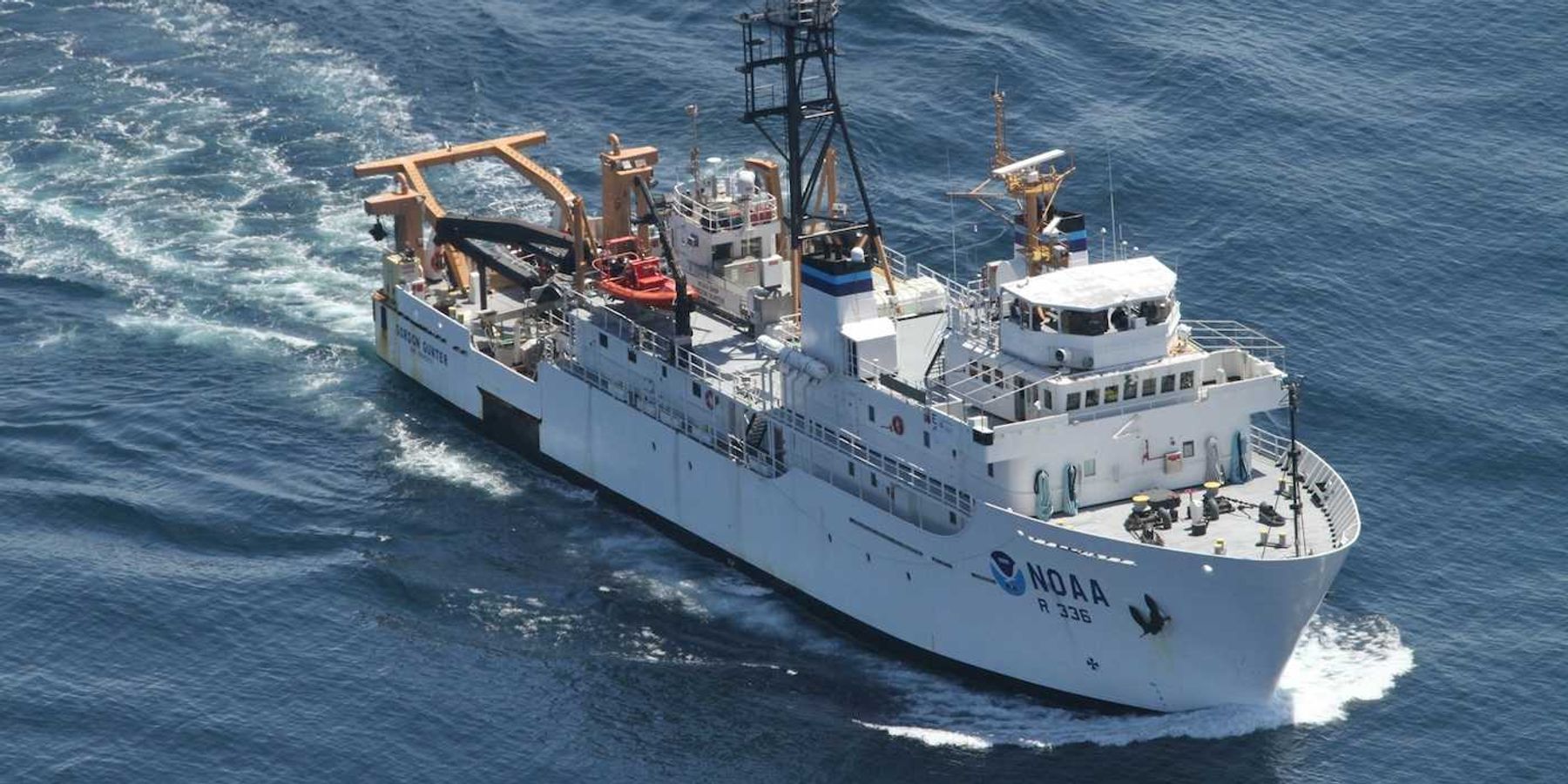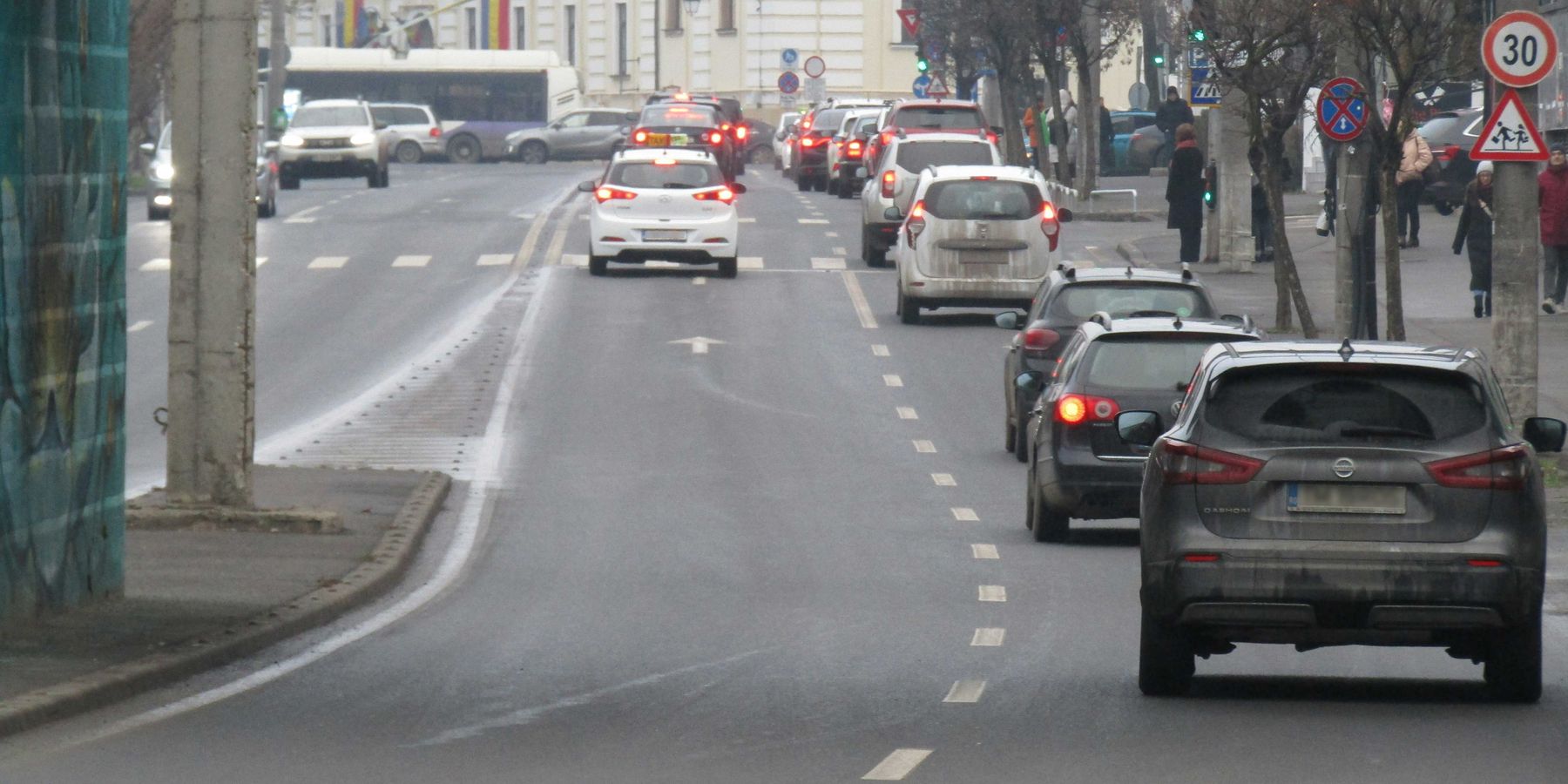After a century, oil and gas problems persist on Navajo lands
The legacy of fossil fuel development on Navajo lands endures in leaks, spills and neglect, reports Jerry Redfern in Capital & Main.
In a nutshell:
Over a century of mineral extraction on Navajo land has raised a critical question: do the gains from extraction outweigh the toll on health and Native culture? Oil wells dotting the landscape are just one aspect of this ongoing tension, with new gas and oil developments and proposed pipelines further exacerbating the dilemma. The struggle for basic utilities persists, despite decades of mineral wealth extraction from Navajo territory.
Key quote:
“You can see the leak of crude oil right there. Lots of crude oil,” Joseph Hernandez, a local right organizer says. “And if you get closer, you can actually hear the venting. It’s straight venting. This is all methane that is going up in the air.” He holds a string in front of the pipe and records it fluttering for the video.
The big picture:
Fossil fuel development on Navajo lands has raised concerns about its potential health impacts. Residents in these areas often face exposure to air and water pollution, which can lead to respiratory illnesses and other health problems. Leaks from oil wells and pipelines can also contaminate local water sources, posing serious health risks. Lack of basic utilities like running water and electricity in many Navajo homes further compounds health challenges, leaving residents vulnerable to a range of issues, including increased mortality during events like the COVID-19 pandemic.
Read the article in Capital & Main.
Gwen Ranniger argues that today, zip code is still the most potent predictor of an individual's health and well-being.













